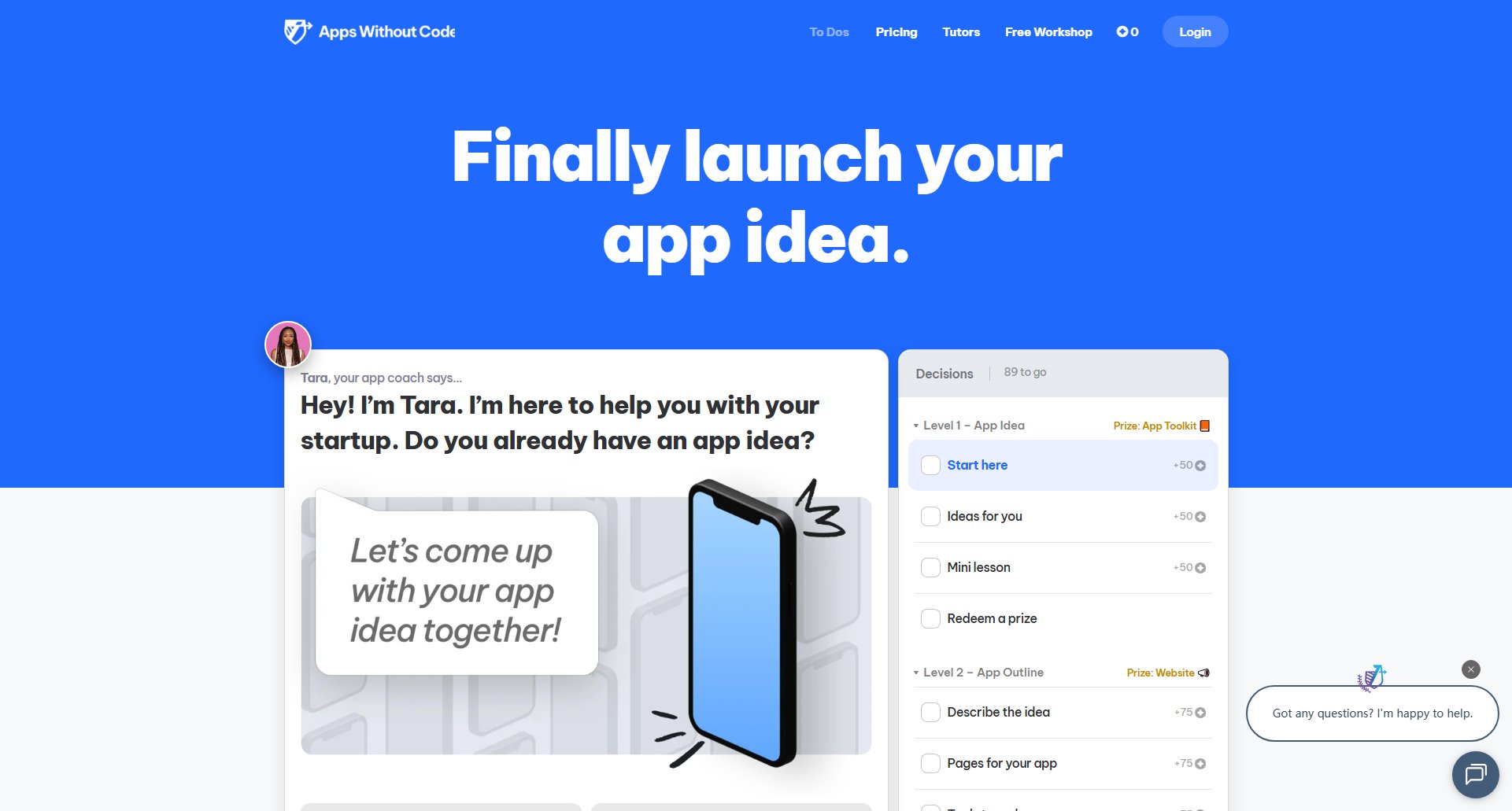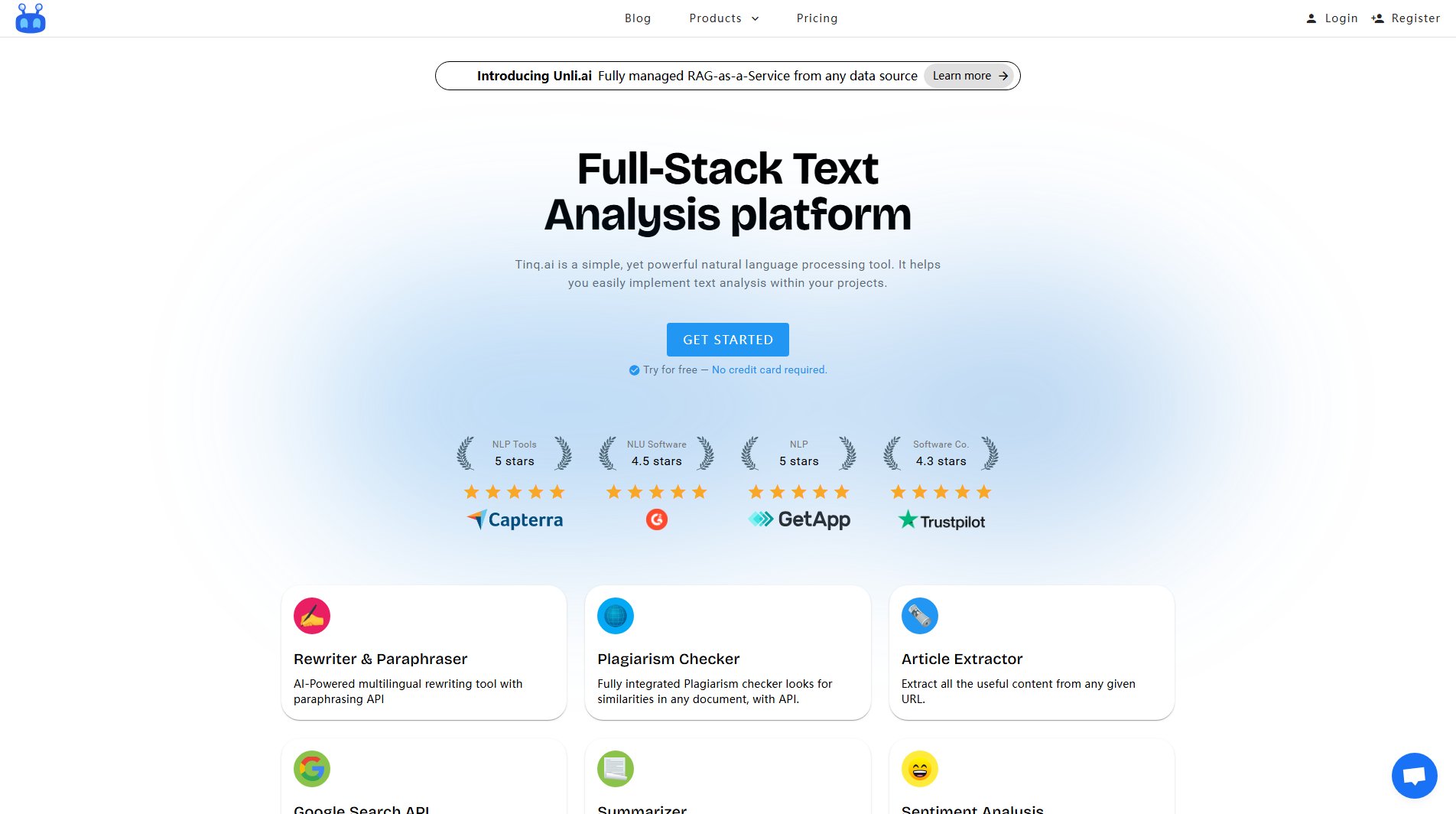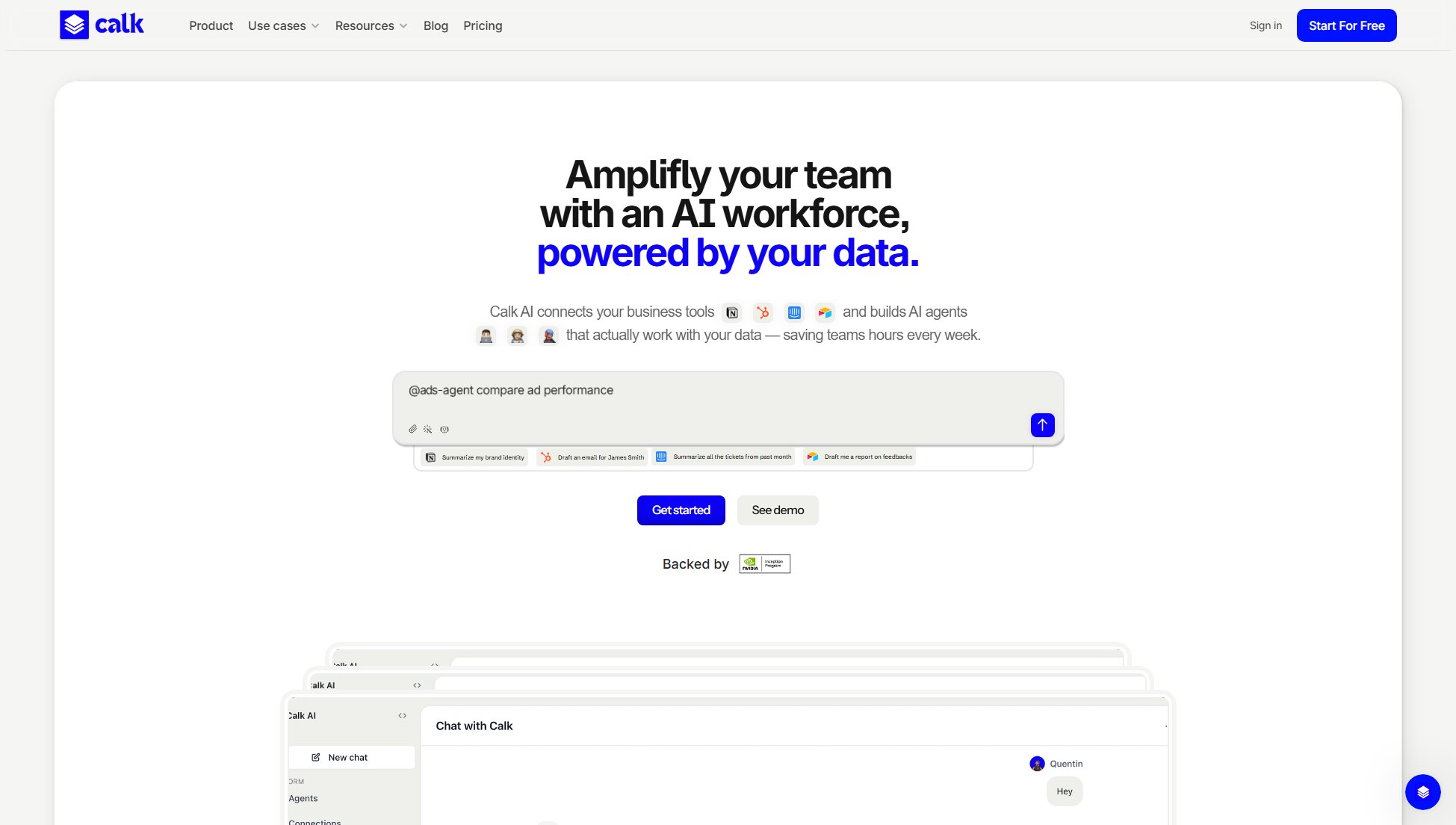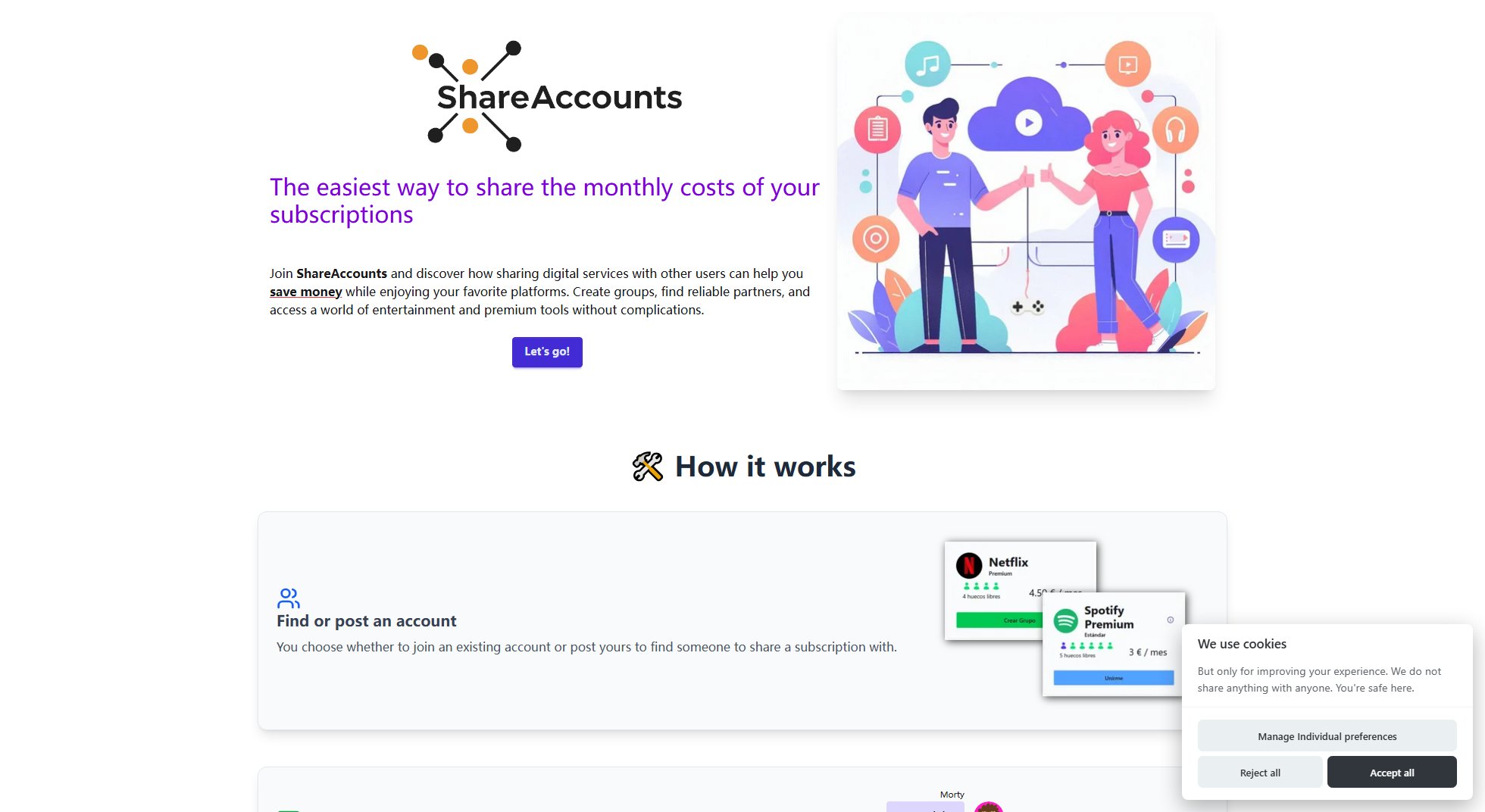PyGPT
Open-source Desktop AI Assistant for Windows, macOS, and Linux
What is PyGPT? Complete Overview
PyGPT is an open-source desktop AI assistant designed for Windows, macOS, and Linux, offering a locally-run alternative to ChatGPT. It provides a wide array of functionalities, including chat, file interaction, real-time audio processing, research, image generation, and more. PyGPT supports multiple AI models like OpenAI GPT-5, Google Gemini, Anthropic Claude, and various models accessible through LlamaIndex and Ollama. It integrates tools for individuals with disabilities, such as voice control and speech synthesis. The assistant also supports internet access, speech recognition, and real-time video capture, making it a versatile tool for both general users and professionals.
PyGPT Interface & Screenshots
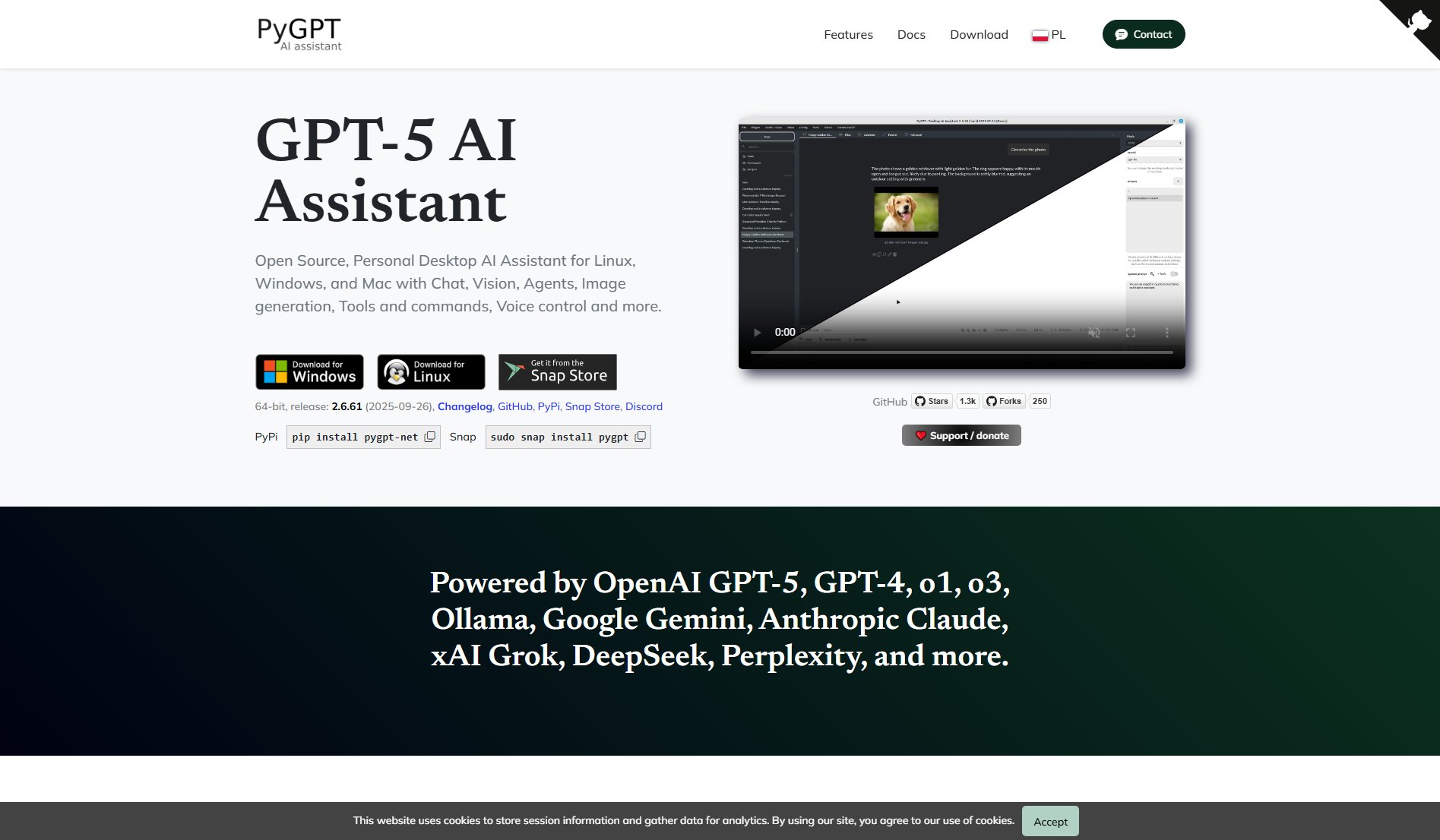
PyGPT Official screenshot of the tool interface
What Can PyGPT Do? Key Features
Multiple AI Models Support
PyGPT supports a variety of AI models including OpenAI GPT-5, Google Gemini, Anthropic Claude, and models from LlamaIndex and Ollama. This flexibility allows users to choose the best model for their specific needs.
File Interaction
Users can chat with their own files in various formats (txt, pdf, csv, etc.) using integrated LlamaIndex support. This feature enables efficient data interaction and context provision.
Accessibility Features
PyGPT includes customizable keyboard shortcuts, voice control, and speech synthesis, making it accessible for individuals with disabilities.
Internet Access and Research
The tool provides internet access via Google, Microsoft Bing, and DuckDuckGo, along with research capabilities using Perplexity for enhanced information retrieval.
Real-time Audio and Video Processing
PyGPT supports real-time audio processing with speech synthesis and recognition, and real-time video capture for vision-based tasks.
Integrated Tools and Plugins
Includes a Python Code Interpreter, task scheduler, plugins for web search, social media integration, and more, enhancing its utility for various applications.
Image and Video Generation
Supports image and video generation using models like DALL-E and Imagen, providing creative tools for users.
Best PyGPT Use Cases & Applications
Academic Research
Students and researchers can use PyGPT to interact with academic papers (pdf, epub), summarize content, and retrieve relevant information via integrated research tools.
Content Creation
Writers and creators can generate text, images, and videos, leveraging PyGPT's multimodal capabilities for creative projects.
Programming Assistance
Developers can use the Python Code Interpreter and syntax highlighting for real-time coding assistance and debugging.
Accessibility Support
Individuals with disabilities can utilize voice control and speech synthesis to interact with the tool seamlessly.
How to Use PyGPT: Step-by-Step Guide
Download and install PyGPT from the official website or GitHub repository.
Launch the application and configure your preferred AI model and API keys.
Start a new chat or upload files to interact with your data using the integrated LlamaIndex support.
Utilize the various modes like chat, research, or image generation based on your needs.
Explore plugins and tools such as the Python Code Interpreter or task scheduler for extended functionality.
Customize the interface and settings for a personalized experience, including themes and accessibility options.
PyGPT Pros and Cons: Honest Review
Pros
Considerations
Is PyGPT Worth It? FAQ & Reviews
Yes, PyGPT is completely free and open-source, allowing users to access all its features without any cost.
PyGPT supports various models including OpenAI GPT-5, Google Gemini, Anthropic Claude, and models from LlamaIndex and Ollama.
Support is available through the GitHub repository where users can report issues and seek help from the community.
Yes, PyGPT supports various plugins for enhanced functionality, including web search, social media integration, and more.
